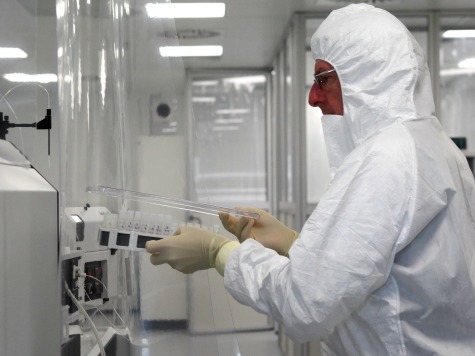It may be time to trash your old periodic tables; it seems that very soon you will have to add element number 115 to the table.
Physicists at Lund University in Sweden announced Tuesday the new man-made element ununpentium, which was first created in 2003 by Russian scientists in Dubna working in coordination with scientists from Lawrence Livermore National Laboratory in California, may be a permanent addition to the list of elements. A German research facility re-created the element.
The Swedes said ununpentium is “super-heavy” and “unstable.” In 2003, four atoms of ununpentium were created, but they almost immediately lost 2 neutrons and decayed into ununtrium, element 113. It had taken a year to take “targets” made of the element americium-243, which contains 95 protons and 148 neutrons, and blast them inside a cyclotron with ions of calcium-48. That created ununpentium.
But four atoms weren’t enough to make ununpentium official until the Germans succeeded. A committee from the International Union of Pure and Applied Chemistry is scheduled to peruse the Lund report; if they concur, then ununpentium officially becomes element 115 and will get a new moniker.
Element 114, flerovium, was discovered in 1998; element 116, Livermorium, was created in 2000.
Scientists are desirous in creating heavier elements to see if they can last longer than fractions of a second before they decay into other elements.

COMMENTS
Please let us know if you're having issues with commenting.